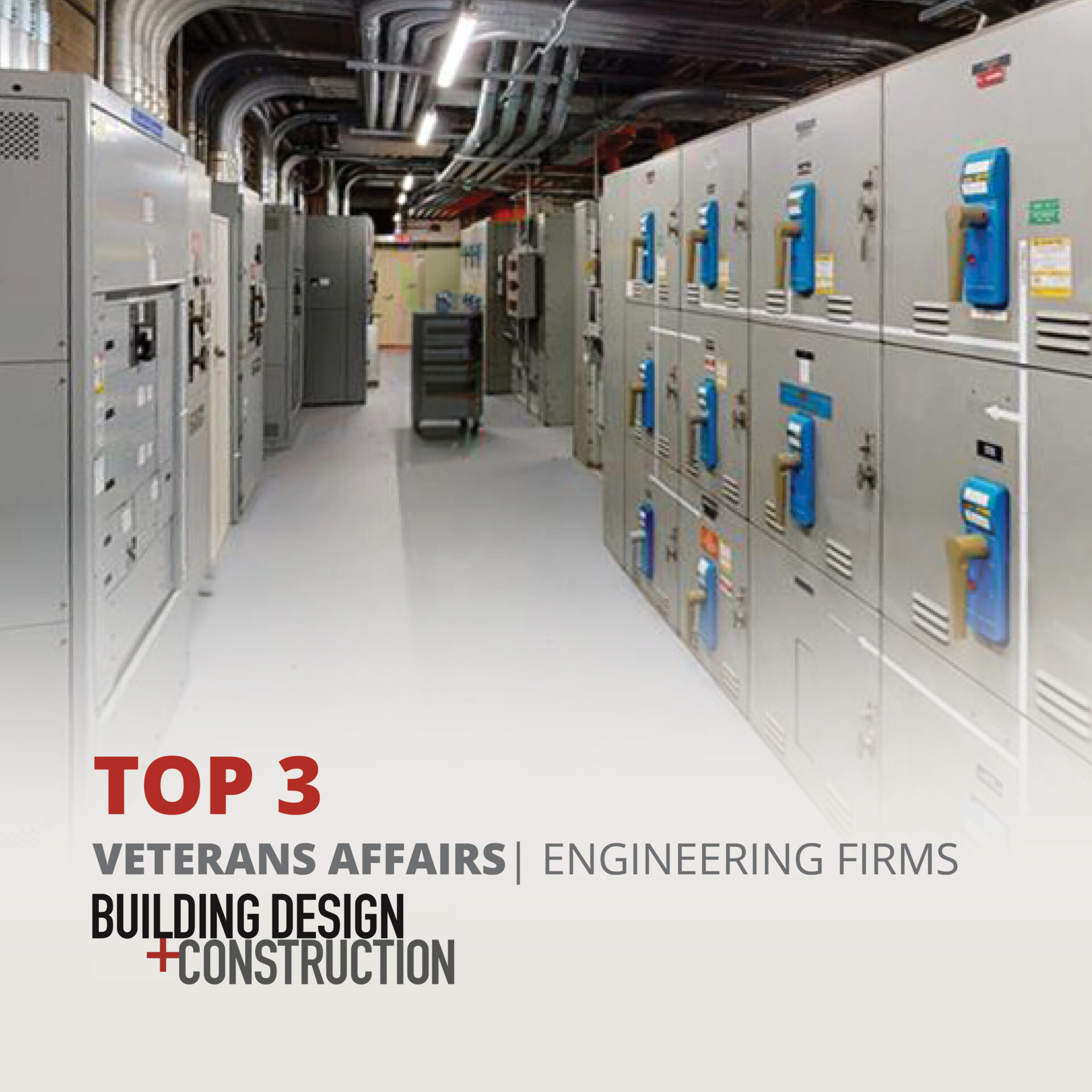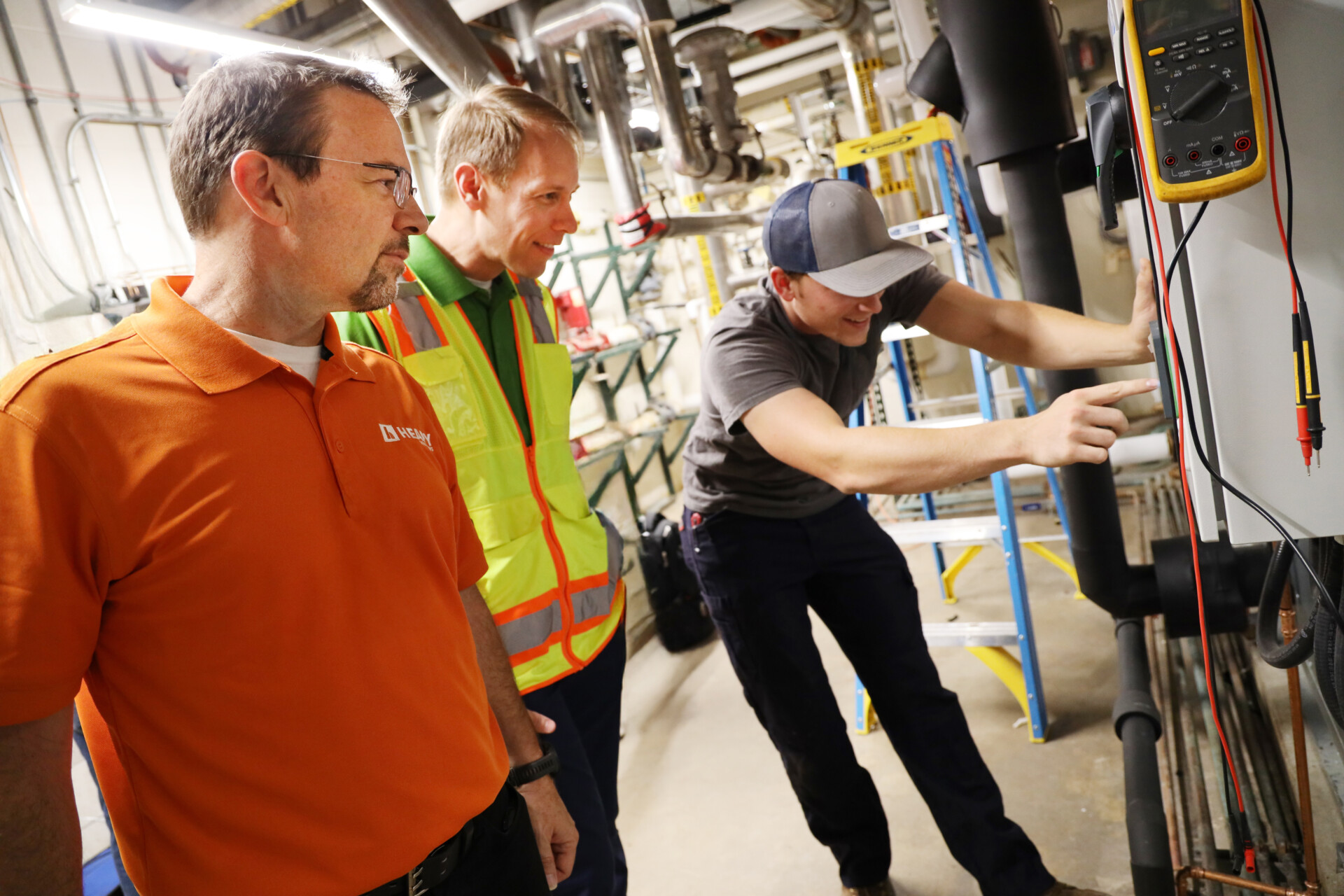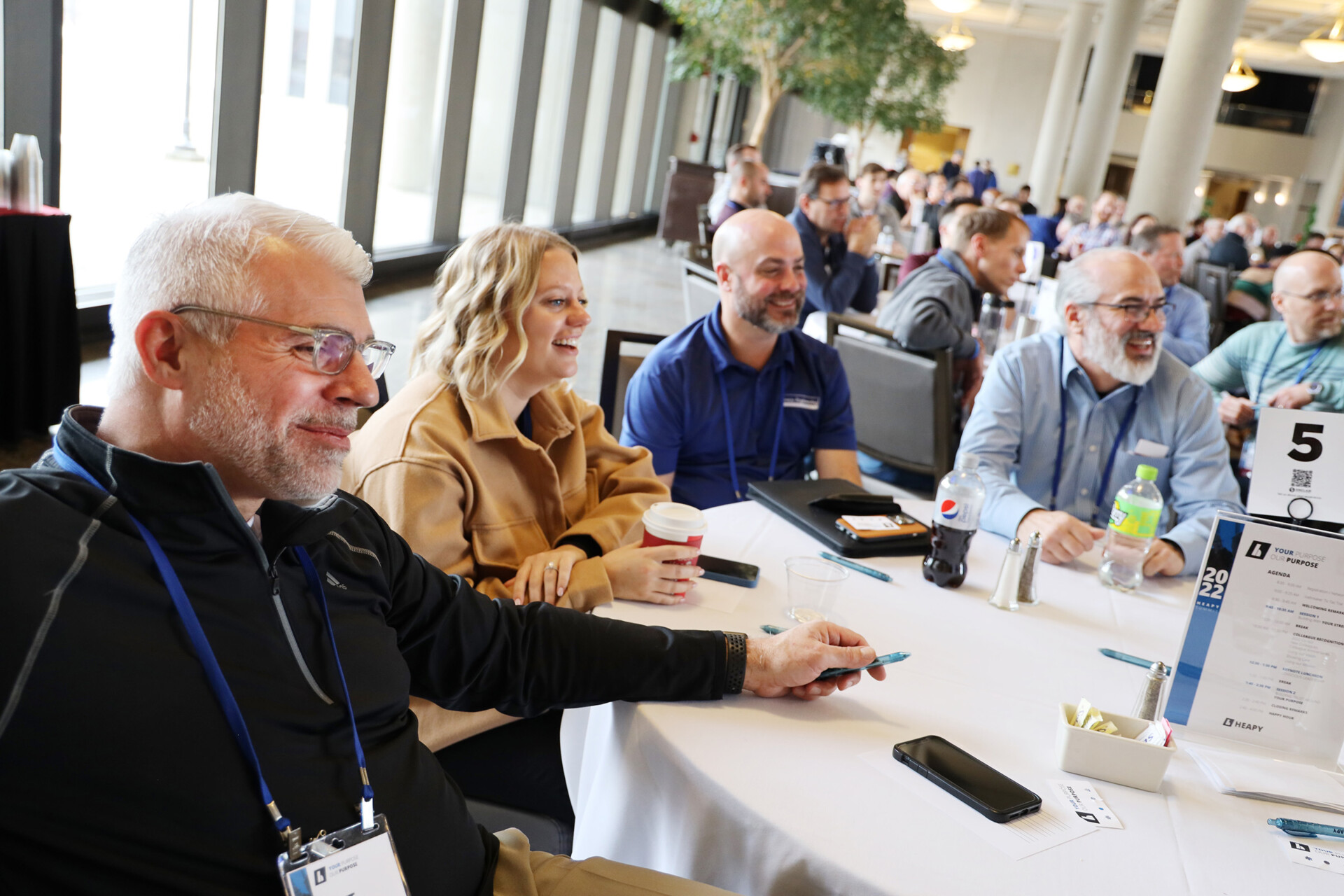
Our colleague, Darrin Thompson, Senior Mechanical Engineer and Plumbing Technical Leader, is celebrating 20 years of engineering excellence at HEAPY.
Darrin specializes in high-efficiency plumbing and fire protection design for laboratory facilities, commercial, healthcare, government, criminal justice, and recreational facilities. He provides reliable and resilient systems that are durable, easy to maintain, and functional for those who live, work, and play inside these spaces.
As a Plumbing Technical Leader, Darrin also helps maintain and update the firm’s standard specifications, details, and design processes, and oversees the internal technical training of our plumbing design staff.
Check out the Q&A below to discover key considerations for ensuring efficient and sustainable plumbing systems, his approach to identifying and resolving project challenges, and how he incorporates green design principles into his projects.
In your experience, what are some of the key considerations for ensuring efficient and sustainable plumbing systems in buildings?
“Efficiency must be balanced with performance and perception of the entire system. We can specify 1.28 gpf toilets, but if the system is not designed to accommodate the lower flow, people will flush more than once, cancelling any water savings. We can specify low flow showers, but if a person with long hair is trying to wash their hair, they will take longer and negate the low flow savings of the shower.”
Can you share a memorable or particularly challenging project you worked on? How did you approach and resolve the challenge?
“The Wright State University Neuroscience Engineering Collaboration Facility was an engineering and science (lab) building that incorporated animal science, chemistry, research, and engineering laboratories within a single facility. It was challenging due to the multitude of differing requirements the lab occupants placed on common utilities. Given the requirement that the users wanted modular approaches, there could not be any hard piped outlets in the rooms. This required increased collaboration with architectural ceiling layouts for multiple outlet locations that permitted attachment of hose connections to movable laboratory benches.”
With an increasing emphasis on environmental sustainability, how do you incorporate green plumbing practices and technologies into your designs?
“Since most plumbing materials, except for metal piping, cannot be repurposed, sustainability is mostly geared to longevity and modularity. The longer equipment can be used, the less likely (or often) it will be replaced. Also, with a modular approach, expansion is just adding some additional modules to the existing equipment, not replacing the entire equipment package for a larger unit.”





